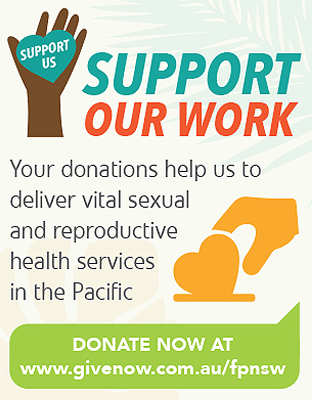Pelvic Inflammatory Disease
What is PID?
Pelvic inflammatory disease (PID) is an infection of the uterus (womb), fallopian tubes and ovaries. If it is not treated early, PID can cause scarring to your fallopian tubes, especially if you get it more than once. This can cause infertility (inability to have a baby) or complications in pregnancy including ectopic pregnancy (where pregnancy occurs outside the uterus). Untreated PID can also cause ongoing pelvic pain.
It is important to visit your doctor for treatment if you think you have PID.
What causes PID?
PID is usually caused by sexually transmissible infections (STIs), most commonly chlamydia or gonorrhoea. In about 70% of cases the organism which causes PID is not identified.
How do you get PID?
PID is most often caused by having unprotected sex with a person with an STI such as chlamydia or gonorrhoea. These STIs can be silent and sexual partners with the infection can have no symptoms.
PID can more rarely occur after having a gynaecological procedure. This includes after having an IUD (intrauterine device) put in or after an abortion, as bacteria from the vagina and cervix can enter into the uterus during the procedure.
What are the symptoms of PID?
Symptoms of PID can include:
- pain in the lower abdomen
- vaginal bleeding after sex or between periods
- smelly vaginal discharge
- pain during sex
- heavy or more painful periods
- fever or feeling sick (nausea)
How is PID diagnosed?
Your doctor or nurse takes a history about your symptoms and will perform a vaginal examination to check for pain or tenderness. Swabs will be taken during this examination to check for infection. Other tests can include a blood test, a urine test, an ultrasound or, more rarely, a laparoscopy (a special camera which can look inside your abdomen).
Treatment usually starts immediately, without waiting for your test results. This is to prevent any serious complications.
How is PID treated?
PID is treated with a combination of different antibiotics for at least 14 days. Once you start the antibiotics, you shouldn't have sex for at least a week or until your symptoms go away. A follow-up doctor's appointment is important, and even if the tests for infection are negative, you can still have PID. Completing the full course of medication is very important.
How can I prevent PID?
- always use condoms when you have sex with a new partner
- have regular STI checks if you have had unprotected sex with a new partner
- prompt treatment of STIs can help to prevent PID
Do my sexual partners need treatment if I have PID?
If you are diagnosed with PID, your current sexual partners should also be treated and screened for STIs. Your doctor or nurse can help you with how to contact your sexual partners. Current sexual partners should be treated for chlamydia even if STI test results are negative. If gonorrhoea is found, additional antibiotics will be needed.
It is important to not have sex with your partner(s) until they have had treatment, or you may get the infection again.
What happens if I have PID while I have an IUD?
If you are diagnosed with PID and you have an IUD (intrauterine device) it can generally be left in if your symptoms improve within 48-72 hours after starting the antibiotic treatment. If your symptoms do not improve your doctor will remove the IUD.
For more information
Family Planning NSW Talkline – www.fpnsw.org.au/talkline or 1300 658 886
National Relay Service (for deaf people) – 13 36 77
TIS National's immediate interpreting service – 131 450
Visit your nearest Family Planning NSW clinic – www.fpnsw.org.au/clinics
NSW Sexual Health Infolink – www.shil.nsw.gov.au or 1800 451 624
Let Them Know – letthemknow.org.au


